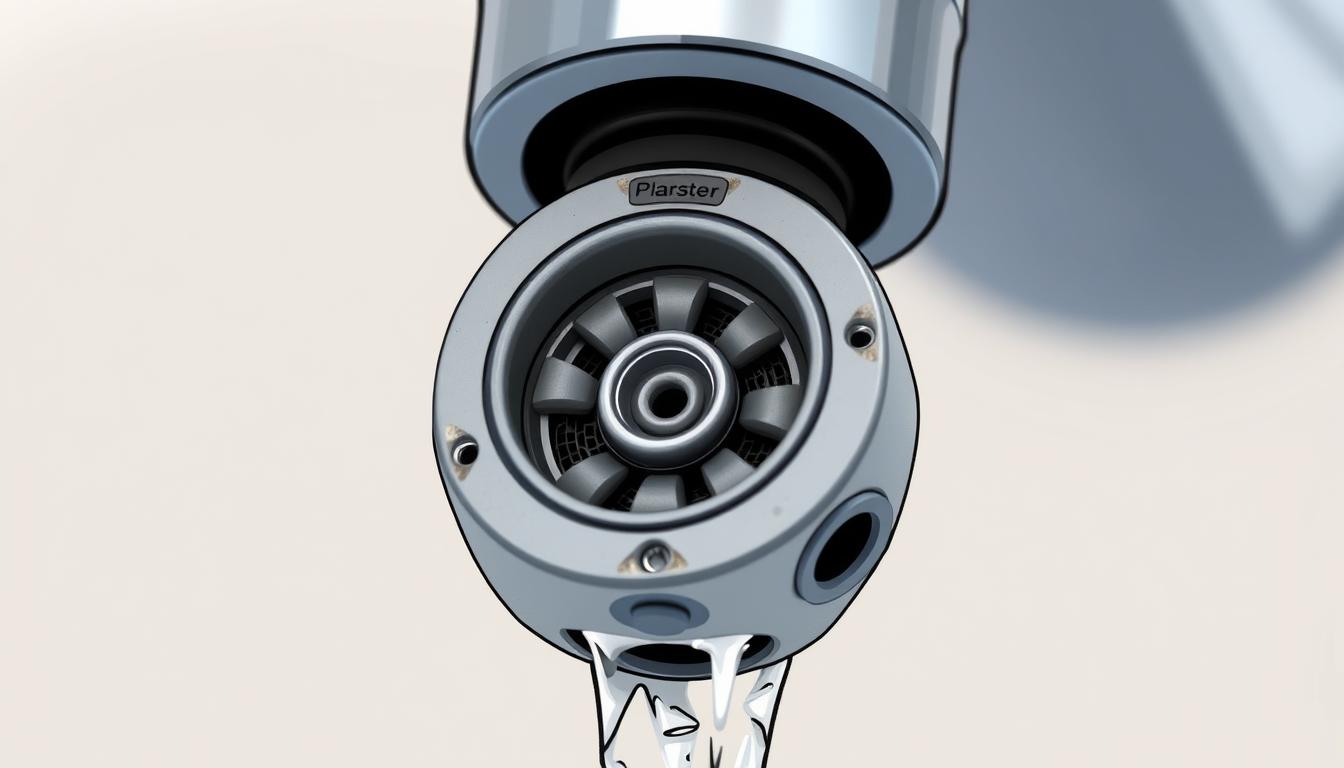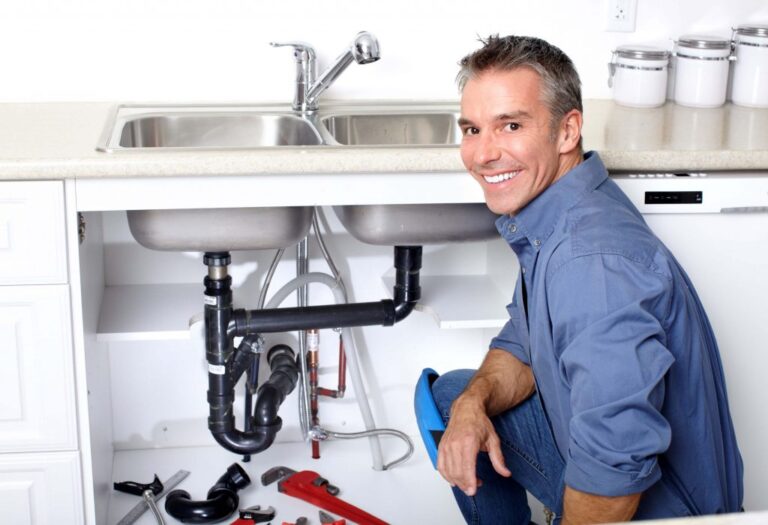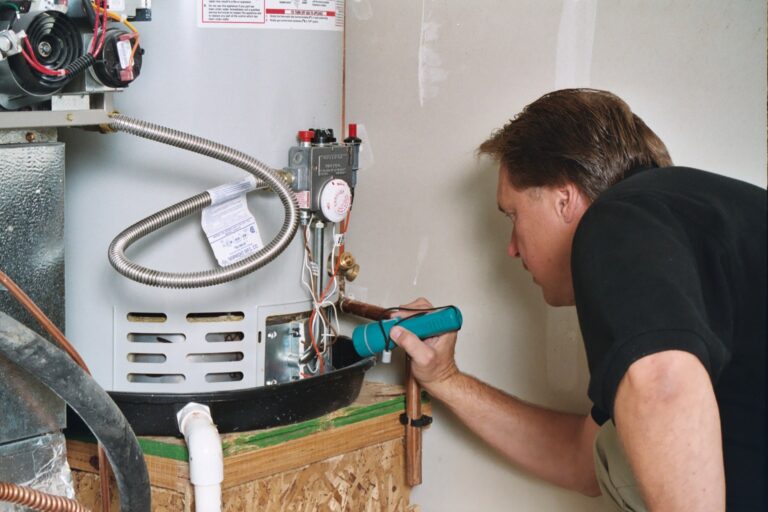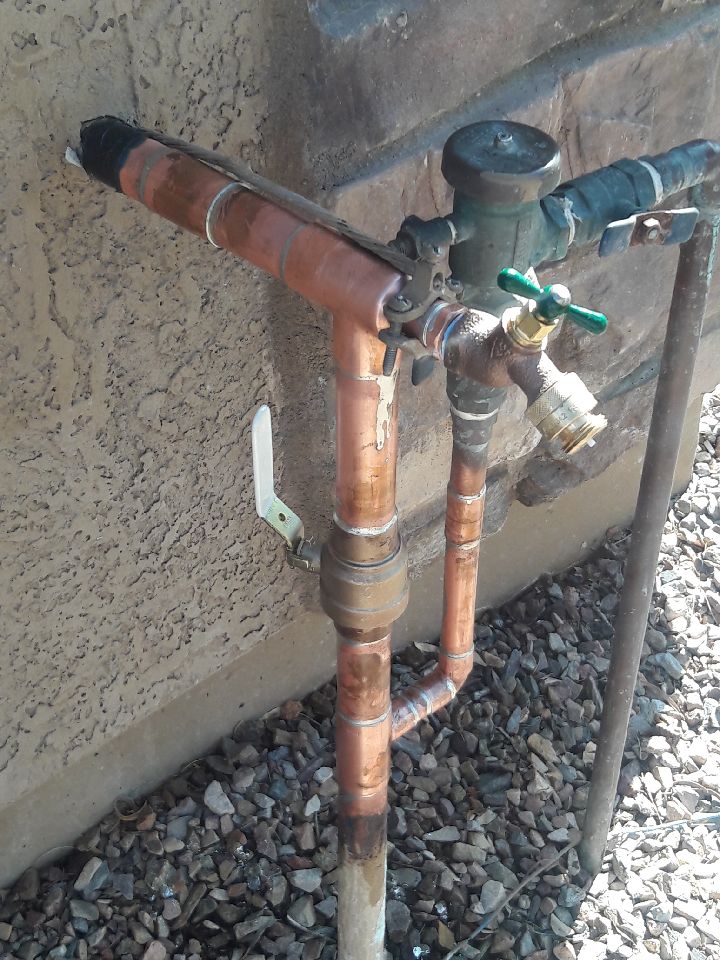Faucet Flow Issues? It Might Be the Aerator—Here’s How to Clean It
Is your faucet not flowing as well as it used to? It might be because of a clogged aerator. The aerator mixes water with air for a smooth flow. But, it can get clogged with debris and minerals over time, causing faucet aerator issues.
Cleaning the aerator is easy and can make a big difference. Ruvati USA says keeping it clean is key for the best performance. We’ll show you how to fix and clean your aerator. This way, your water will flow well and efficiently again.
What is a Faucet Aerator?
The faucet aerator is a small but important device. It helps save water by mixing air with water, reducing splashing. It’s key for keeping water flow and pressure just right.
Understanding its Role in Water Flow
The main job of a faucet aerator is to regulate water flow by adding air. This cuts down on splashing and saves water. A clean aerator means water flows smoothly, which is vital for everyday tasks.
Components of an Aerator
An aerator has several parts, like a screen, flow restrictor, and mixing chamber. Knowing about these parts is important for faucet aerator maintenance.
| Component | Function |
|---|---|
| Screen | Filters out debris |
| Flow Restrictor | Regulates water flow |
| Mixing Chamber | Mixes air with water |
Problems like mineral buildup can cause common faucet aerator problems. These include lower water pressure and uneven flow. Keeping your aerator clean can solve these issues.
Common Faucet Aerator Issues
Faucet aerators can cause many problems, like low water pressure or blockages. These issues make simple tasks hard, like washing dishes or showering.
Low Water Pressure
Low water pressure is a common problem with faucet aerators. It’s often due to mineral buildup or debris in the aerator’s screen. This clog limits water flow, making it less satisfying.
A study by the Water Quality Association shows mineral buildup is a big issue in hard water areas. It reduces water flow and wears down plumbing fixtures.
Complete Blockage
Sometimes, the aerator can get so clogged that water stops flowing. This usually happens when sediment or debris builds up inside. A blockage like this is frustrating and needs quick fixing.
“A clogged aerator can lead to a complete stop in water flow, necessitating a thorough cleaning or replacement.” –
Uneven Water Flow
Uneven water flow is another issue. It happens when the aerator is only partially clogged or damaged. This irregular flow is annoying and can also increase water use.
| Issue | Cause | Effect |
|---|---|---|
| Low Water Pressure | Mineral buildup or debris | Reduced water flow |
| Complete Blockage | Accumulation of sediment or debris | No water flow |
| Uneven Water Flow | Partial clog or damage | Irregular water flow |
Knowing about these common problems helps you fix your faucet aerator better. Regular cleaning can stop many of these issues.
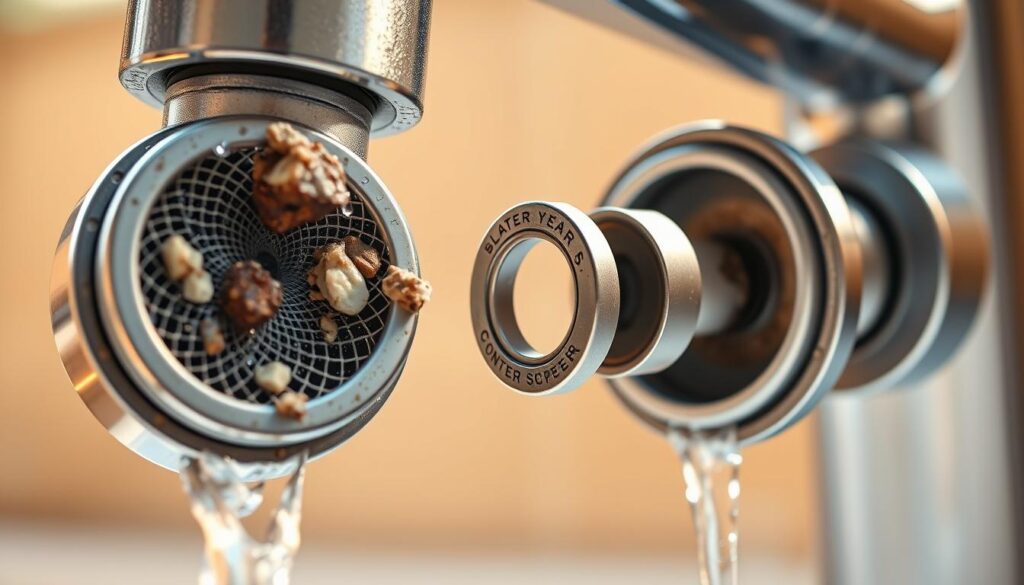
How to Identify Problems with Your Faucet Aerator
It’s important to spot problems with your faucet aerator to keep water flowing well. A bad aerator can cause low water pressure and uneven flow.
To find out if your aerator is having trouble, look for common signs. Ruvati USA says to check for debris, mineral buildup, and strange sounds.
Visual Inspection Techniques
Start by looking at your aerator. Check for wear and tear, like mineral buildup or debris. Take it off and see if there are blockages or damage.
Key areas to inspect:
- The aerator screen for mineral deposits or debris
- The O-ring or gasket for signs of wear
- The aerator’s internal components for damage
Signs of Mineral Buildup
Mineral buildup is common in hard water areas. Look for signs like less water flow, uneven spray, and visible deposits on the aerator.
| Signs of Mineral Buildup | Description |
|---|---|
| Reduced Water Flow | Noticeable decrease in water pressure |
| Uneven Spray Patterns | Water flow is not consistent across the faucet |
| Visible Deposits | Mineral deposits visible on the aerator or faucet |
Listening for Unusual Sounds
Strange sounds can mean your aerator is having trouble. Listen for sputtering, gurgling, or hissing. These sounds can mean air leaks or blockages.
Common unusual sounds:
- Sputtering or gurgling noises
- Hissing sounds indicating air leaks
- Clunking or banging noises suggesting loose parts
By noticing these signs, you can tell if your aerator needs cleaning or replacing. Regular care can prevent problems and keep your faucet working well.
Tools Needed for Aerator Maintenance
Before you start cleaning your faucet aerator, make sure you have the right tools. Cleaning it properly ensures good water flow and makes your faucet last longer.
Essential Cleaning Tools
To clean your faucet aerator well, you’ll need a few basic tools. These include:
- An adjustable wrench to remove the aerator from the faucet.
- An old toothbrush to scrub away mineral deposits and debris.
- White vinegar to dissolve lime scale and mineral buildup.
- A small bowl to soak the aerator parts in vinegar.
These tools are common in most homes, making the cleaning easy.
Optional Equipment for Tough Jobs
For tough buildup or complex aerator designs, you might need extra tools. These can include:
- A needle or small pin to clear debris from tiny aerator holes.
- A cloth or soft brush for gently cleaning the aerator’s exterior.
- Plumber’s tape for reassembling the aerator and ensuring a watertight seal.
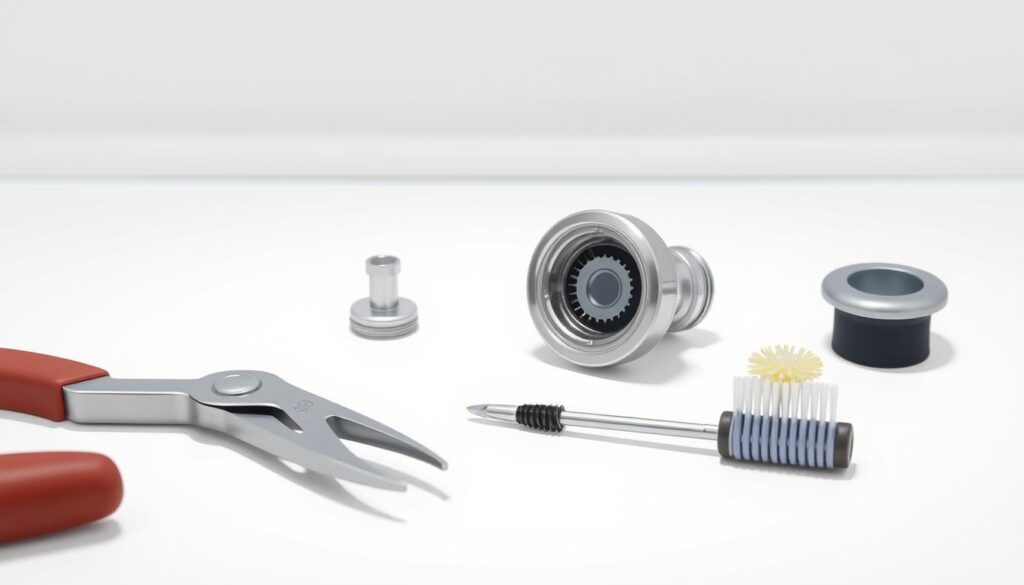
Using the right tools for aerator maintenance makes the task simpler and more efficient. It ensures that your faucet operates smoothly and that water flows freely.
Step-by-Step Guide to Cleaning a Faucet Aerator
Cleaning your faucet aerator is easy and can fix flow issues. Just follow a few simple steps to get your faucet working like new.
Removing the Aerator Safely
First, turn off the water supply to your faucet. Look for the shut-off valves under the sink and turn them clockwise. Then, remove the aerator by unscrewing it counterclockwise. Be ready for water to drip out.
Cleaning Techniques for Different Materials
Different aerators need different cleaning methods. For most, soak them in vinegar and water to remove mineral buildup. If there’s tough buildup, use a small brush to gently scrub. Always be careful not to damage the aerator.
Reassembling the Aerator Properly
After cleaning, put the aerator back together carefully. Make sure all parts fit right and are screwed tight. If it has many parts, follow the manufacturer’s guide or take a photo before taking it apart.
By following these steps, you can clean your faucet aerator well. This will make your faucet work better.
Preventive Measures for Faucet Aerator Care
Keeping your faucet aerator in good shape is important. It helps your water flow well. By following a few simple steps, you can avoid problems like mineral buildup and low water pressure.
Regular Cleaning Schedule
It’s key to clean your faucet aerator regularly. Clean it every 3 to 6 months, depending on your water quality. This stops minerals and debris from clogging the flow.
Cleaning Tips:
- Soak the aerator in vinegar and water to remove minerals.
- Use a soft brush to clean off tough buildup.
- Make sure to rinse it well with clean water before putting it back.
Using Water Filters
Water filters can cut down on minerals in your water. This means less chance of buildup in your aerator. There are many types of water filters out there, including:
| Filter Type | Effectiveness | Maintenance |
|---|---|---|
| Activated Carbon | Good against chlorine and bad tastes/odors | Replace every 6-12 months |
| Reverse Osmosis | Takes out dissolved solids and minerals | Replace membranes every 2-3 years |
| Ion Exchange | Makes water soft by removing calcium and magnesium | Regenerate resin every 3-6 months |
Choosing Quality Aerators
Choosing a good aerator can save you from a lot of hassle. Look for ones made from strong materials that don’t rust easily. Also, pick ones that are easy to clean or made to fight mineral buildup.
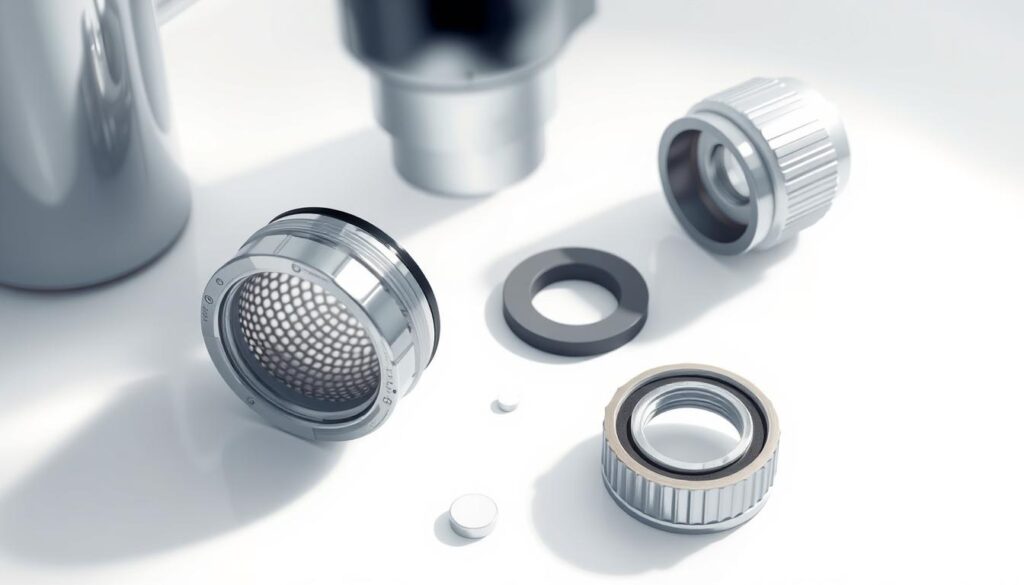
By taking these steps, you can make your faucet aerator last longer. Regular care not only keeps the water flowing well but also makes your faucet work better.
When to Replace Your Faucet Aerator
Knowing when to replace your faucet aerator is key for good water flow and pressure. Over time, aerators can wear out or get clogged, causing problems.
Signs You Need a New Aerator
Several signs show you need a new faucet aerator. These include persistent low water pressure, visible damage, and age. If your faucet’s water flow is always weak, it might be because the aerator is worn out.
Visible damage, like mineral buildup or corrosion, also means it’s time for a new one.
Factors Influencing Replacement Decisions
Several factors influence whether to replace your faucet aerator. The age of the aerator is a big deal; older ones tend to be less efficient. Also, the quality of the water and mineral deposits can impact its performance and life span. Regular checks and upkeep can help decide if a new one is needed.
Ruvati USA says factors like persistent low water pressure, visible damage, and the aerator’s age are important. Being aware of these signs and factors helps homeowners know when to replace their faucet aerator. This ensures their faucet works well and efficiently.
Understanding the Benefits of a Clean Aerator
Cleaning your aerator does more than just improve water flow. It’s key for your faucet’s performance and efficiency.
Improved Water Flow and Efficiency
A clean aerator means water flows smoothly and consistently. This is vital for everyday tasks like washing dishes or showering. If the aerator is clogged, water flow drops, making these tasks harder and longer.
Efficient water flow saves energy for heating and pumping water. A clean aerator keeps water pressure right, making your faucet work as it should.
“A well-maintained aerator is vital for your faucet’s long life and efficiency.”
Reduced Water Bills
A clean aerator also cuts down your water bills. It makes your faucet use water wisely, which is great for saving water. This is very important if you’re trying to use less water at home.
| Condition | Water Flow Rate | Monthly Water Bill |
|---|---|---|
| Clogged Aerator | Low | Higher |
| Clean Aerator | Optimal | Lower |
Enhanced Appliance Lifespan
A clean aerator also helps your faucet and appliances last longer. It makes them work less hard, which means less wear and tear. This can save you money on faucet repairs and faucet replacements later on.
Regular faucet aerator maintenance is essential. It keeps your plumbing system running well, making your home more sustainable and cost-effective.
How to Choose the Right Faucet Aerator
It’s important to know the different types of faucet aerators and their uses. The right aerator can greatly improve your faucet’s performance and efficiency.
Types of Aerators Available
Faucet aerators vary in type, each fitting specific faucets and needs. Ruvati USA notes that there are regular, junior, and Tom Thumb aerators. The regular aerator fits most faucets. The junior aerator is for faucets with smaller threads. The Tom Thumb aerator is for faucets needing a smaller aerator.
Choosing the right aerator is key. The wrong one can cause low water pressure or uneven flow.
Considerations Before Purchase
Before buying a faucet aerator, think about a few things. These include:
- The thread size and type of your faucet
- The desired water flow rate
- The material and quality of the aerator
- Any additional features such as flow restrictors or sediment filters
Also, remember the benefits of a clean aerator. A clean aerator can improve water flow and efficiency. It can also lower your water bills and extend your faucet’s life.
By carefully choosing the right aerator, you can make sure your faucet works well. This avoids problems like a faucet aerator not working or needing to replace it often.
DIY Tips for Faucet Maintenance
Keeping your faucet in good shape is key to making it last longer and work better. Simple DIY steps can help avoid big problems and save you money on faucet repair services.
Tips for Longevity
Check and clean your faucet’s aerator often. Use a soft brush to get rid of dirt and minerals. If your aerator can be taken off, try soaking it in vinegar to remove minerals.
Ruvati USA says cleaning regularly helps avoid clogs and keeps water flowing well.
Troubleshooting Other Faucet Issues
Dealing with faucet problems? Look for leaks around the handle or base. For aerator issues, check the screen for blockages. Make sure the water is off before you start to avoid a mess.
Fixing these problems can make your faucet work like new again.

